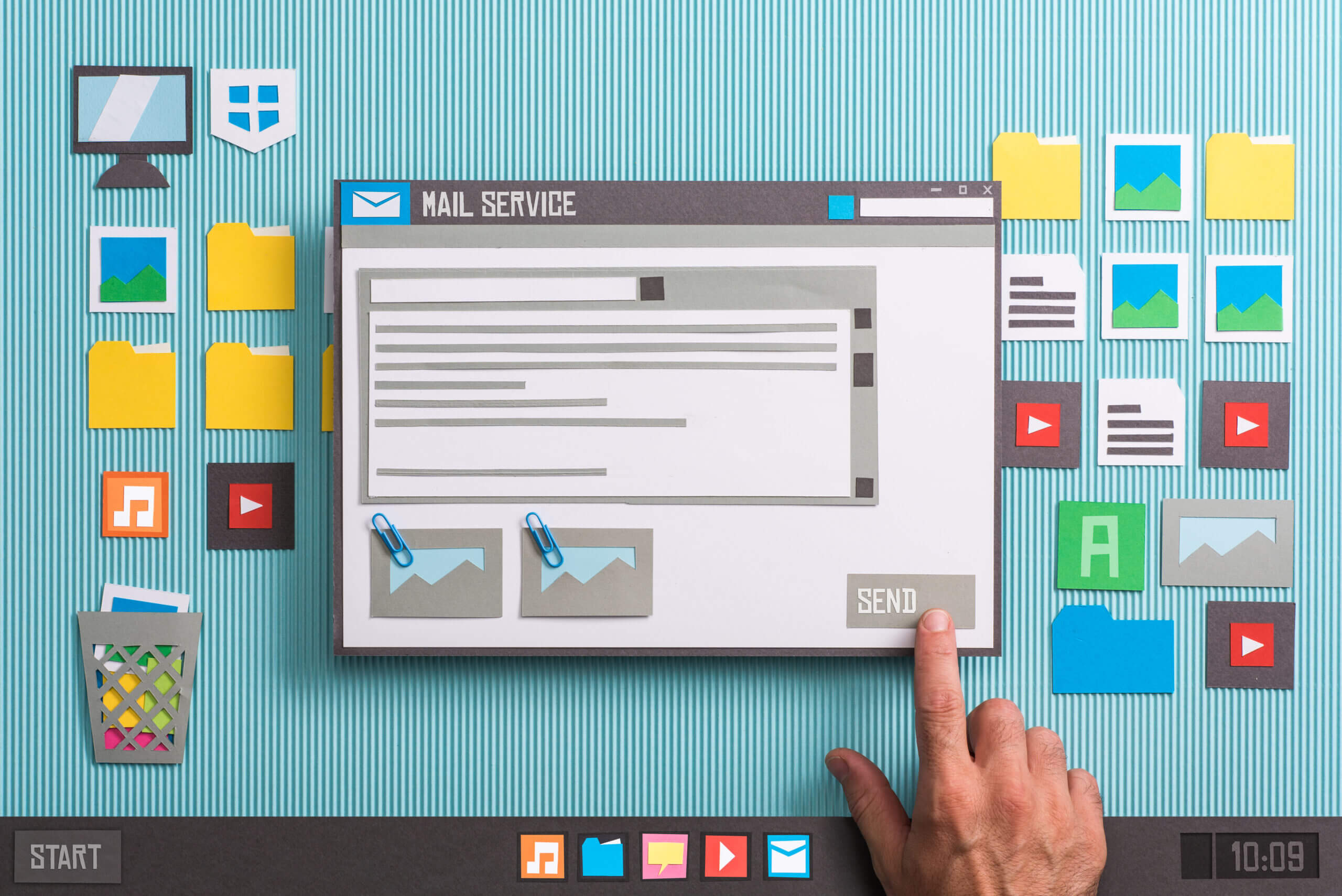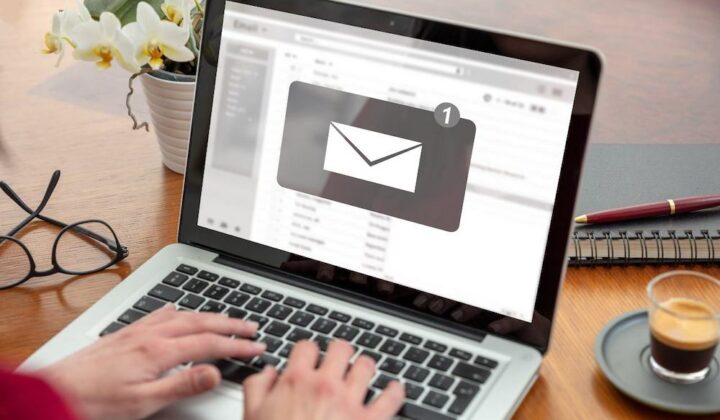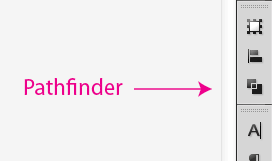Picture This:
A life-changing opportunity crosses your path, but it was never on your radar because you were never notified about it. Now imagine this happened all because an email containing this important info dodged your inbox and went directly to your spam folder. The connections you could have made, the products you could have purchased — all lost in the digital abyss due to spam filters.
Although these filters are essential for keeping out the bad stuff, they can also work against you at times when you want to reach out to someone you might not already be connected with on your email platform. In the marketing industry, we call these cold emails.
What Are Cold Emails?
First, let’s define what cold emails are. Cold emailing is the practice of sending email communication to an email address that you haven’t obtained organically through a form submission or order placement. These emails are unsolicited and sent to prospects without any prior contact.
Are Cold Emails Recommended?
While we believe there are other, better tactics that can help with lead generation, the short answer is yes.
Cold emails can still be effective under specific conditions. As with other various forms of solicitation (i.e. cold calling, unprompted in-person sales pitches, etc.), it’s important to remember that hearing “no” (or more realistically: silence) from many of your recipients will happen with this approach. After all, being wary of strangers is engrained in our human nature, so assuming this method of lead generation will yield impressive results should not be the expectation.
However, if your cold emails are extremely thoughtfully crafted and targeted to direct recipients in a way that’s highly valuable to them, you may be able to see some promising responses.
Do Cold Emails Work?
Again, if written and delivered correctly, there are email recipients that will find value in your cold email. According to the Adobe Email Usage Study conducted in 2019, work emails are checked 3+ hours per day and personal emails are checked 2+ hours per day. That means, if your email can make it to either inbox, you’re already meeting users where they are, as opposed to a website or social platform that a user might not be checking every day (or ever).
The problem is: these emails often end up in your recipients’ spam folder, preventing your message from ever being seen in the first place.
7 Cold Email Delivery Best Practices

If you’re taking a cold email approach (we recommend among other more organic lead-generation tactics), you’ll need to make your content is viewed as trustworthy and helpful to recipients, not “salesy”.
Once you build a tailored list of emails, cater your messaging so it directly relates to a known or logically assumed problem your list of contacts are experiencing. Then, show them why your business is the solution.
Remember: reaching new contacts can be challenging via cold email marketing. Use these best practices to prevent your cold emails from going to spam:
1. Don’t include too many images in your emails.
While images and graphics can make your emails look more polished and engaging, adding too many images can trigger anti-spam measures. Focus on choosing visuals that you believe are absolutely necessary and make sure to have a good image-to-text ratio.
If you are planning to use an image or two, try to use relevant, well-designed graphics that include your brand’s logo to help demonstrate credibility.
2. Check your copy.
Featuring an awesome freebie or deal in your subject lines can be compelling, but using certain phrases like “100% free”, “free gift”, or “deal of a lifetime”, may trigger anti-spam measures.
If you have the information to do so, personalize the subject line to whoever it is you are sending the cold email to. Emails with personalized subject lines 26% more likely to be opened — so much so that marketers have reported an increase of 760% in revenue from segmented email campaigns just from this one adjustment.
Additionally, here are some spam-triggering words suggested by Respona to avoid using:
While it’s important to watch your wording, you should also be intentional about your grammar as well. Things like using all caps or adding too many exclamation points (i.e. “FREE GIVEAWAY STARTS MONDAY!!!”) might send an immediate flag that your message could be spam. Many spammers use these tactics to draw attention, which is why you should use enticing language in your subject line (and preview text) instead.
3. Read, re-read, and re-read again!
Typos and other copy errors in email content (including your subject line and preview text) can easily trigger anti-spam measures, as spam emails are typically riddled with mistakes. On top of that, if emails with errors are sent out multiple times, your content has a higher chance of going straight to spam folders in the future.
Use a spam checker site link Salesblink to see if your emails have any words that could be considered spam-related.
4. Don’t send too many cold emails at once.

If you send too many emails at the same time, email providers may believe them to be spammy and prevent them from being delivered. Consider using a drip campaign where you send your emails at a cadence throughout the day. Try to send fewer emails per group, with 20- to 30-minute intervals between groups.
5. Make your message clear and specific to the recipient.
Off the bat, you should state who you/your company are, your reason for reaching out — and most importantly — what’s in it for the recipient to keep reading (and it better be good!).
For any email and especially a cold one, you want to tailor your message specifically to the recipient. Don’t be too generic. If you don’t express why your solution or reason for contacting is highly valuable to them, not only will it get ignored, it could also get flagged.
6. Perfect your signature.
Your signature should include your company’s phone number and physical address, at the very least. It may help to have badges of achievements or other credentials in your signature (i.e. Fortune 1000 company, HubSpot certified, etc.) with links to prove it.
It’s also a good idea to link your company’s social media profiles in your signature, or your own if you want to build a more personal relationship with the recipient. Demonstrating that you’re a genuine human being on the other side of the screen not only helps nurture your client relationship, but also helps demonstrate to anti-spam software that you’re not trying to scam your email recipients.
Side note: In your email signature, remember to include your company’s physical address. This is a requirement by the FTC’s CAN-SPAM Act, and if you’re not complying with those regulations, your message will be marked as spam.
7. Try to increase your response rate.
If an email provider notices that the emails you send are not frequently responded to, they will move your future emails to a recipient’s spam folder. Therefore, if you’re starting to send cold emails frequently from a certain account, you should try to send out emails that you know will get responses. In addition, you might send your initial emails to accounts you know will respond.
Either way, check your data. Don’t just send it and forget it. See what the open rates were. See if there were any failed attempts while sending. Your data will help guide your decision-making to improve your chances of getting in front of the right people.
Get the Marketing Support You Need at Designzillas

Need marketing experts to handle all the nitty gritty? In addition to effective email marketing deliverables, Designzillas can identify and execute marketing tactics to help generate more conversions online that ultimately grow your business.
Ready to chat? Connect with us today to see how we can help your business start thriving online today.







